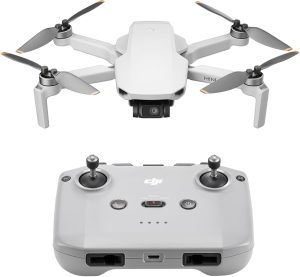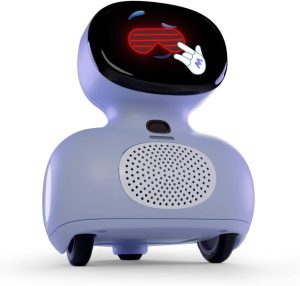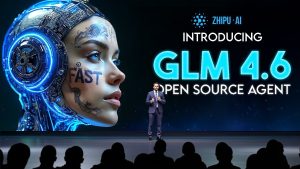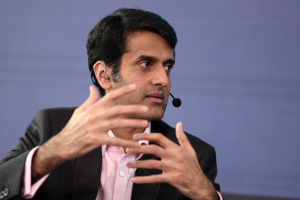Revolution in Robotics The Rise of Physical Intelligence

Did you know that robotics is on the brink of a revolution? A company named Physical Intelligence is at the forefront of this. It’s something everyone should pay attention to now.
Think back to the excitement when ChatGPT launched. This phenomenon in AI is happening again, but this time in the world of robotics. This new wave promises to transform how we interact with machines.
Introducing the Generalist Policy
Physical Intelligence has introduced a groundbreaking concept known as the ‘Generalist Policy.’ This is akin to the GPT-2 moment for robotics, marking a significant leap forward for the field.
The Generalist Policy allows robots to perform a variety of complex tasks autonomously. Unlike factory robots doing repetitive tasks, these robots can adapt and solve unforeseen challenges.
This system represents the state-of-the-art in robotics, showcasing what’s possible when deep learning is applied outside of traditional AI boundaries.
Deep Connections in the Industry
This company is no random player. It boasts talent from tech giants like DeepMind and Tesla, which contributes to its groundbreaking innovations.
With such a powerful team, Physical Intelligence is set to lead the robotics industry towards new frontiers, pushing the boundaries of what’s possible.
Tech leaders like Jeff Bezos recognize this potential, which is reflected in their massive investments.
Financial Giants Respond
The financial world has taken note, raising $400 million at a $2.4 billion valuation for Physical Intelligence.
The skyrocketing valuation underscores confidence in the company’s future, despite some believing it to be an overvaluation bubble.
Investors are betting on the vast applications of robotics, from household chores to industrial tasks, anticipating a transformative impact.
AI Industry Dynamics
The AI world is buzzing with debates on the limits of current models. Are AI systems hitting a ceiling?
Some experts suggest that improvements from models like GPT-4 have slowed, sparking discussions in the tech community.
Despite doubts, breakthroughs continue to emerge, suggesting that we’re only scratching the surface of AI capabilities.
Global AI Race and Implications
China is rapidly advancing in AI, training models much larger and faster than those in the U.S.
This intense competition may lead to faster innovations but poses challenges regarding national security and tech leadership.
Leading figures highlight the need for the U.S. to accelerate its efforts to maintain AI dominance.
Emerging AI Cultures and Systems
In AI labs, researchers explore how agents can form societies, learn roles, and even create laws.
These digital societies show complex behaviors, hinting at future AI’s potential to mimic human-like social structures.
The rapid evolution of these AI systems raises interesting questions about our future interactions with intelligent machines.
Ethical Considerations and AI Welfare
The possibility of AI systems developing consciousness demands ethical considerations.
Companies like Anthropic are beginning to address these issues by hiring specialists focused on AI welfare.
This shift in perspective could redefine our understanding and treatment of AI in the coming years.
Technological Advancements in Robotics
Robot dogs can now climb ladders, thanks to innovations from ETH Zurich.
This capability pushes the limits of robotic movement, hinting at endless possibilities for future technology applications.
Glimpses into the AI Future
OpenAI continues to innovate, with whispers of breathtaking breakthroughs on the horizon.
While some say AI advancement has plateaued, others suggest we’re on the cusp of even greater discoveries.
A New Era of AI and Robotics
As technology evolves, we’re witnessing the blending of AI advancements with robotics innovations.
Physical Intelligence and other pioneers demonstrate the transformative potential of these fields.
The next decade promises exciting developments as AI and robotics reshape our world.
The fusion of AI and robotics is not just a trend; it’s a revolution with endless potential.
With Physical Intelligence leading the charge, the future of autonomous technology looks brighter than ever.








